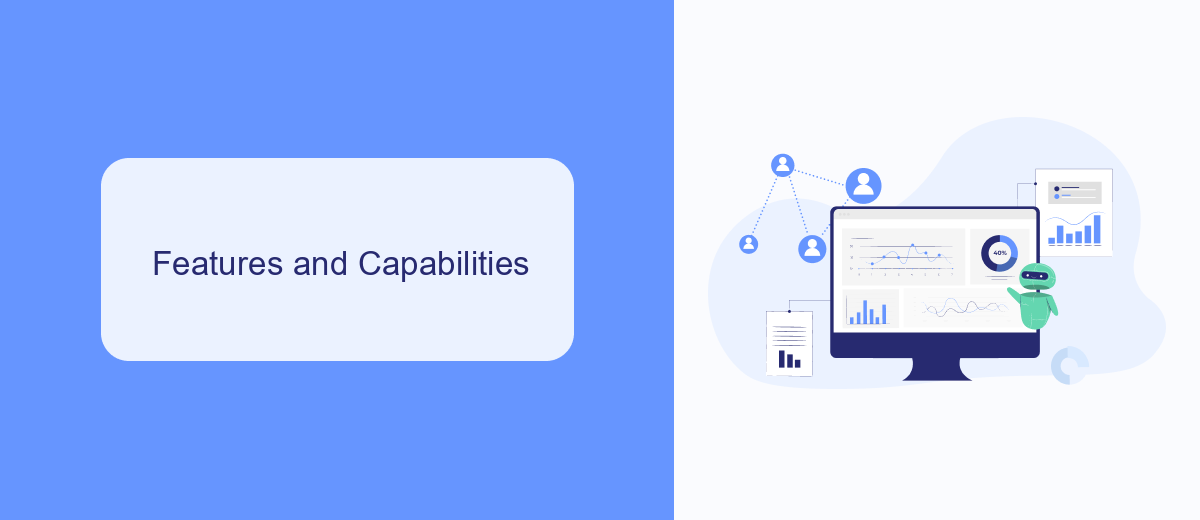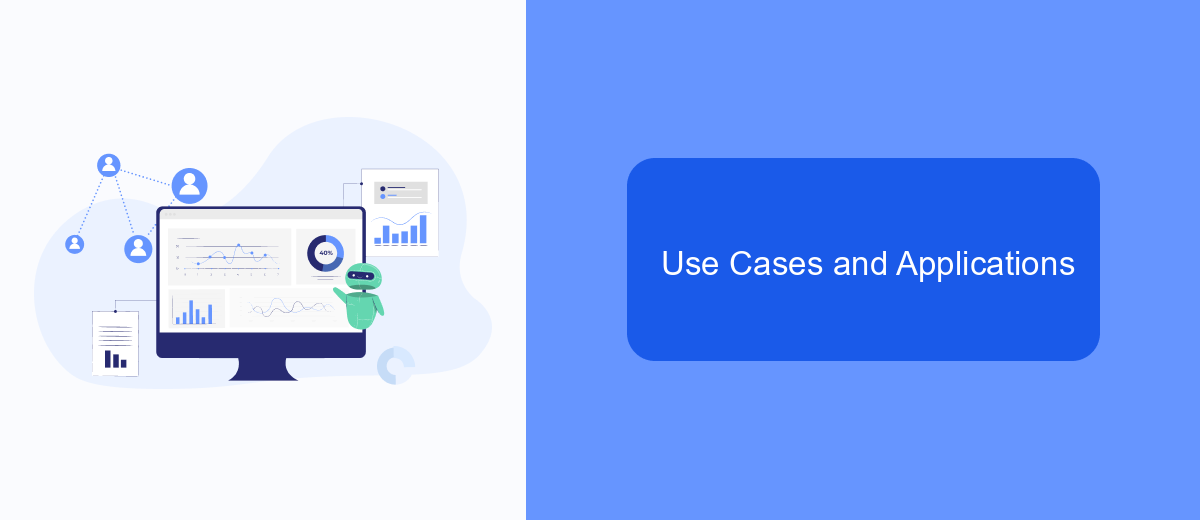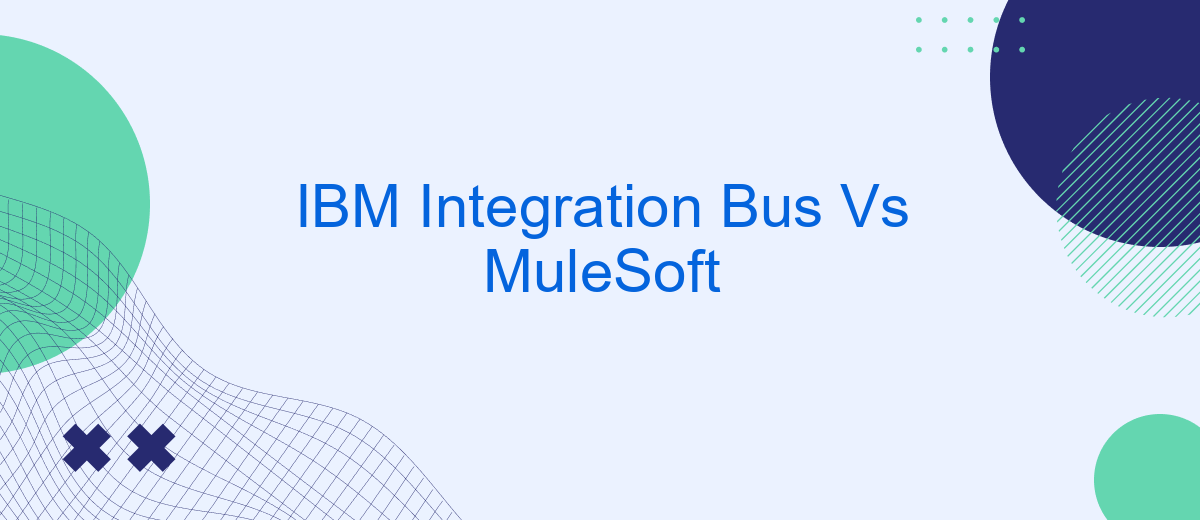In today's rapidly evolving digital landscape, choosing the right integration platform is crucial for seamless business operations. This article compares IBM Integration Bus and MuleSoft, two leading integration solutions, to help you make an informed decision. We will explore their features, strengths, and use cases, providing a comprehensive overview to guide your integration strategy.
Introduction
In today's rapidly evolving digital landscape, businesses are increasingly reliant on integration platforms to streamline their operations and enhance connectivity between diverse systems. Two prominent players in this domain are IBM Integration Bus (IIB) and MuleSoft. Both platforms offer robust solutions for integrating applications, data, and services, but they differ in various aspects, making it essential for organizations to choose the right one based on their specific needs.
- IBM Integration Bus: A comprehensive integration tool known for its enterprise-grade capabilities and extensive support for various protocols and data formats.
- MuleSoft: A versatile integration platform renowned for its API-led connectivity approach and user-friendly interface, catering to a wide range of integration scenarios.
Choosing the right integration platform can significantly impact a company's efficiency and agility. For instance, services like SaveMyLeads can automate lead data transfers between different applications, reducing manual work and minimizing errors. Understanding the strengths and weaknesses of each platform will help businesses make an informed decision, ensuring seamless integration and optimized workflows.
Features and Capabilities

IBM Integration Bus (IIB) offers a robust set of features for enterprise integration, including advanced message routing, transformation, and protocol conversion. It supports a wide range of data formats and communication protocols, making it highly versatile for different integration scenarios. With its graphical data mapping tools and built-in connectors, IIB simplifies the process of integrating disparate systems and applications. Additionally, it provides extensive monitoring and administration tools to ensure high availability and performance of integration flows.
MuleSoft, on the other hand, excels in its API-led connectivity approach, offering a comprehensive Anypoint Platform that includes design, management, and monitoring tools for APIs. It supports a wide variety of integration patterns and has pre-built connectors for numerous SaaS applications and on-premises systems. MuleSoft's DataWeave language allows for powerful data transformation capabilities. Services like SaveMyLeads can complement MuleSoft by automating lead data integration across multiple platforms, enhancing the overall efficiency of the integration process. Both platforms provide strong security features to protect data in transit and at rest.
Pricing and Licensing

When comparing IBM Integration Bus (IIB) and MuleSoft, pricing and licensing are crucial factors to consider. Both platforms offer robust integration capabilities, but their cost structures differ significantly.
- IBM Integration Bus: IIB typically follows a traditional licensing model based on the number of processors or cores. This can result in higher upfront costs, making it more suitable for larger enterprises with substantial budgets.
- MuleSoft: MuleSoft offers a subscription-based pricing model, which includes various tiers based on the number of users and the complexity of integrations. This model can be more flexible and scalable, catering to both small businesses and large enterprises.
Additionally, tools like SaveMyLeads can complement these platforms by providing automated integration services, thereby reducing the need for manual intervention and lowering overall costs. It's essential to evaluate both the initial costs and the long-term value when choosing between IIB and MuleSoft for your integration needs.
Use Cases and Applications

IBM Integration Bus (IIB) and MuleSoft are two prominent integration platforms widely used in various industries. These tools help organizations streamline their processes by connecting disparate systems, applications, and data sources. Both platforms offer unique features that cater to different business needs and technical requirements.
IBM Integration Bus is often preferred by enterprises with complex integration needs and legacy systems. It excels in scenarios requiring high throughput, extensive protocol support, and robust transaction management. MuleSoft, on the other hand, is favored for its flexibility and ease of use, making it suitable for agile development environments and cloud-based integrations.
- Financial services: Automate transactions and data flows between banking systems.
- Healthcare: Integrate electronic health records (EHR) and patient management systems.
- Retail: Connect e-commerce platforms with inventory and order management systems.
- Telecommunications: Streamline customer data integration across various services.
Additionally, services like SaveMyLeads can further enhance these integration platforms by providing pre-built connectors and automated workflows. This simplifies the integration process, allowing businesses to quickly connect their applications without extensive coding or manual intervention. Whether using IIB or MuleSoft, leveraging such services can significantly reduce development time and improve operational efficiency.
Conclusion
In conclusion, both IBM Integration Bus and MuleSoft offer robust solutions for enterprise integration, each with its own strengths and weaknesses. IBM Integration Bus excels in providing a comprehensive integration platform that supports a wide range of protocols and data formats. It is particularly well-suited for large enterprises with complex integration needs. On the other hand, MuleSoft stands out with its ease of use, flexibility, and strong API management capabilities, making it a favorable choice for organizations looking to rapidly develop and deploy integrations.
Ultimately, the choice between IBM Integration Bus and MuleSoft depends on the specific requirements and resources of your organization. For businesses that need a quick and straightforward way to set up integrations, services like SaveMyLeads can also be considered. SaveMyLeads simplifies the process by automating the transfer of data between various applications, allowing companies to focus on their core operations. By carefully evaluating the unique needs of your enterprise, you can select the integration platform that best aligns with your strategic goals and technical landscape.


FAQ
What are the primary differences between IBM Integration Bus and MuleSoft?
Which tool is easier to use for developers?
How do both platforms handle scalability?
Can these platforms integrate with cloud services?
What are the options for automating workflows with these platforms?
Personalized responses to new clients from Facebook/Instagram. Receiving data on new orders in real time. Prompt delivery of information to all employees who are involved in lead processing. All this can be done automatically. With the SaveMyLeads service, you will be able to easily create integrations for Facebook Lead Ads and implement automation. Set up the integration once and let it do the chores every day.
